iMore Verdict
Bottom line: The Wemo WiFi Smart Plug takes the crown for being the smallest HomeKit-enabled plug around with its incredibly compact design. Combined with lightning-fast response times, solid reliability, and an affordable price, the latest Wemo is a great addition to any smart home.
Pros
- +
Incredibly small
- +
Fast response times
- +
Reliable connection
- +
Supports HomeKit, Alexa, Google Assistant
- +
Can be paired to HomeKit without an account
Cons
- -
No energy monitoring
- -
For indoor use only
- -
Wemo app setup experience
You can always trust iMore.
The Wemo Mini, released just a few years ago, was one of the first smart plugs to offer a slim, unobtrusive, design that didn't block the other outlet on the wall. Given all of the smart tech inside of the plug, and its Mini moniker, it appeared that the category was close to hitting its limits when it comes to size, but this wasn't the case at all. Now almost all of the best smart plugs, including the best HomeKit smart plugs, available today make even the Wemo Mini look absolutely gigantic in comparison.
So when the Mini is no longer mini, a follow-up was inevitable, leading to the recent release of the Wemo WiFi Smart Plug. The next-generation Wemo smart plug takes miniaturization to the next level, with a footprint that is nearly half the size of the previous plug, while still offering all of the smart features and compatibility. I have been testing the latest plug for the past few weeks, and not only have I been impressed by the size, but I have also been impressed by its reliability, response times, and easy set up through HomeKit, making it a great addition to any smart home.
All the basics
Wemo WiFi Smart Plug: The features
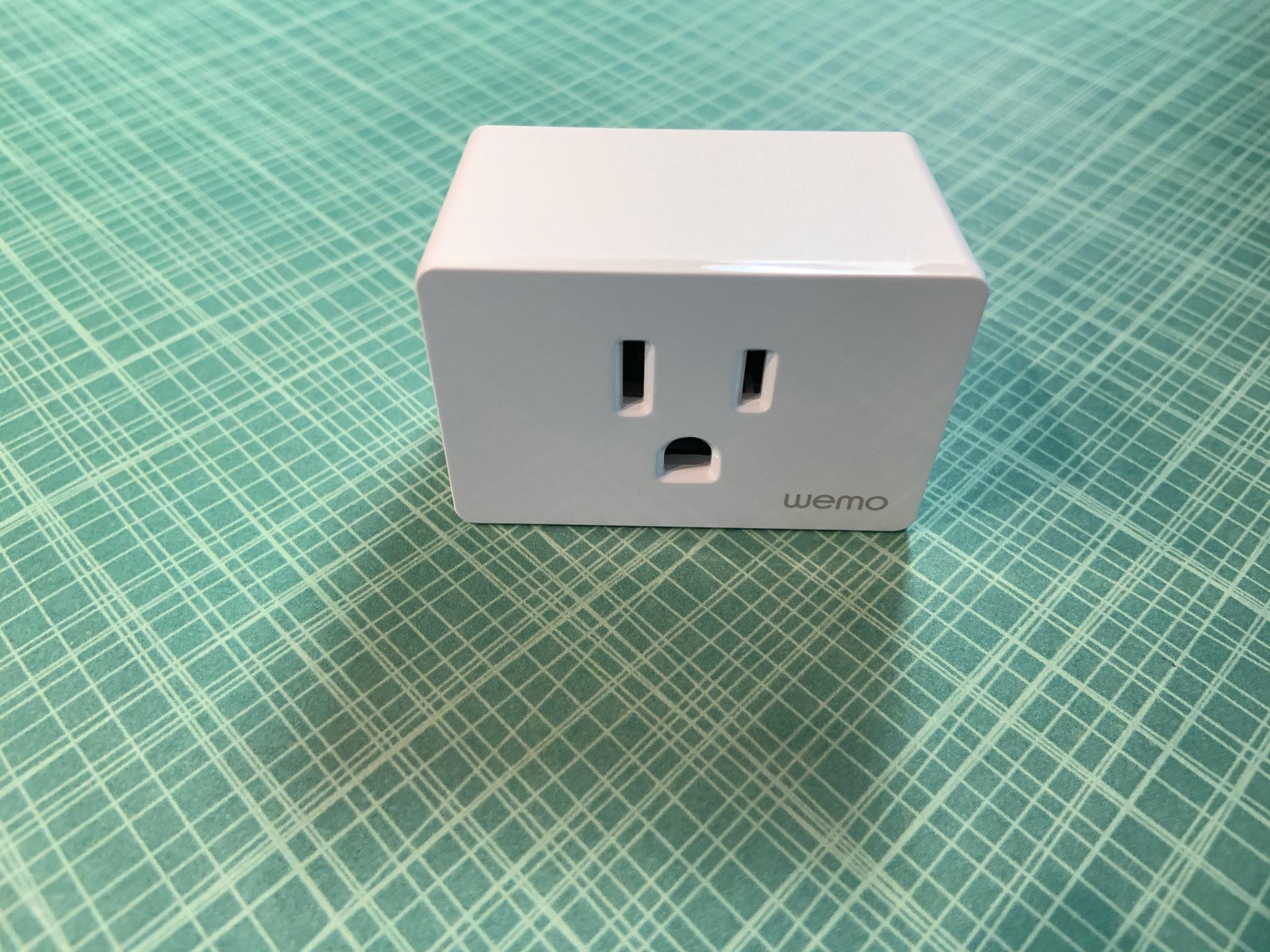
The Wemo WiFi Smart Plug sports a rectangular, all-white plastic design with a single outlet positioned in the center. The plug's frame features a slight taper that makes the back smaller than the front, although it is really only noticeable from the side. The face of the plug is plain, with just the outlet portion and the Wemo branding near the bottom corner. Along the right side is a tiny status indicator light, and a generously-sized button that toggles the plug on and off manually. Outside of the HomeKit setup code located on the left-hand side, there isn't much else going on visually, other than, of course, its overall size.
The plug measures just 2.05 x 1.81 x 1.34 inches, which is 45% smaller than the previous Wemo Mini, according to Belkin, and weighs 0.12 lbs. Just like the last plug, two of the Wemo WiFi Smart Plugs can be stacked on the same outlet, and the small size leaves plenty of space for other devices when only one is in use. The 120V plug supports up to 1,800 watts maximum, and 15 amps, making it suitable for most residential applications.
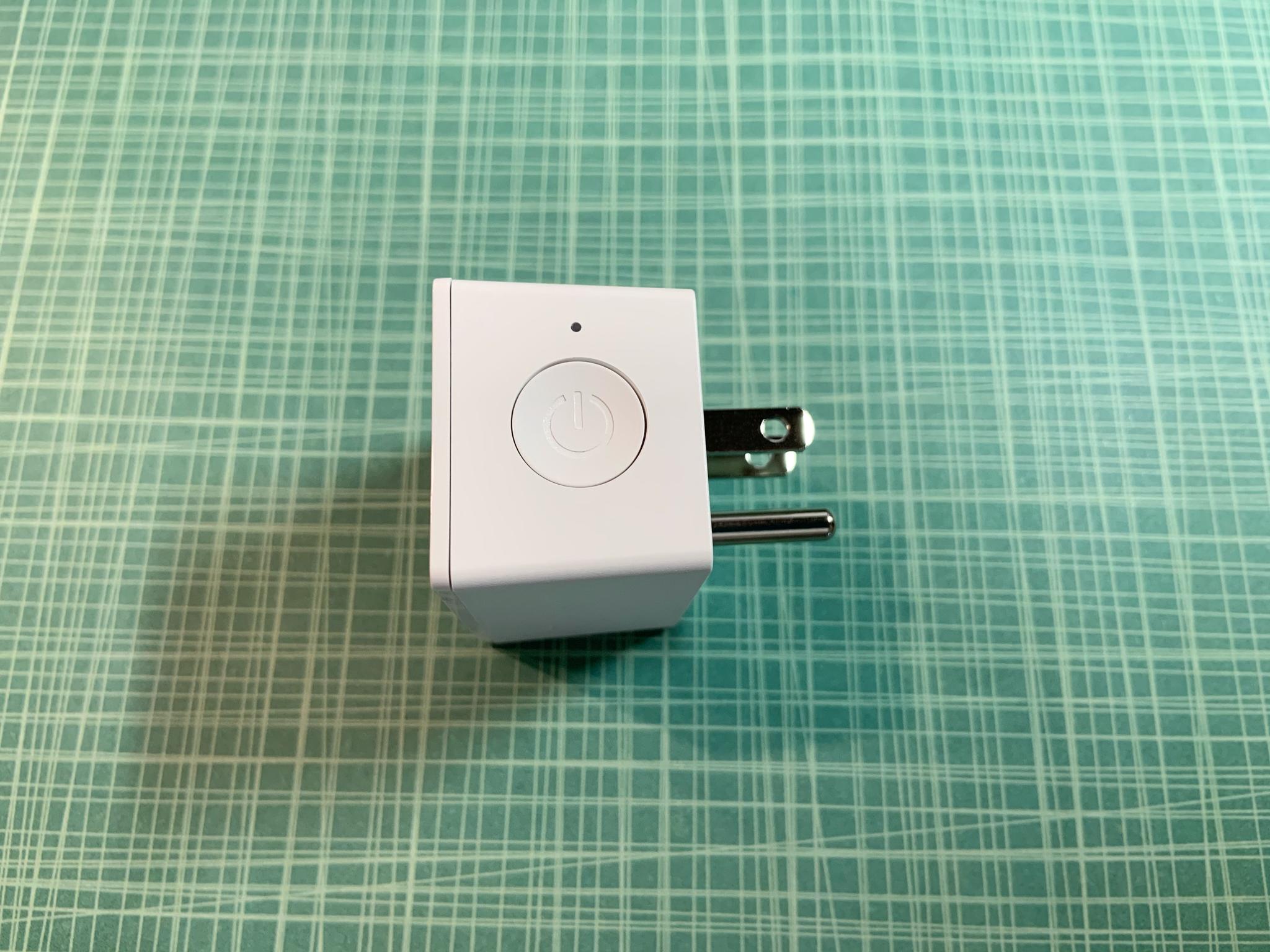
Smart features are enabled through a 2.4gHz Wi-Fi radio, which connects directly to home networks without the use of a dedicated hub or bridge. The Wemo WiFi Smart Plug works in conjunction with the Wemo app, available for free on both iOS (11.0 and later) and Android (6.0 or later). The Wemo app requires an account and registration process to add the plug, and once completed, the plug is available for remote controls outside of the home, and one-tap controls.
Through the Wemo app, the plug can be set to follow custom schedules and timers, as well as with automations with other Wemo devices. The Wemo app also includes a unique Away Mode, which toggles the Wemo plug and other lights randomly to give the appearance that someone is in the home throughout various times of the day. The Wemo app does not require any additional subscriptions, with all of the plugs features being available for free right out of the box. In addition to the Wemo app, the plug works with a variety of smart home platforms and voice assistants, including HomeKit, Alexa, IFTTT, and the Google Assistant.
Small size, small setup
Wemo WiFi Smart Plug: What I like
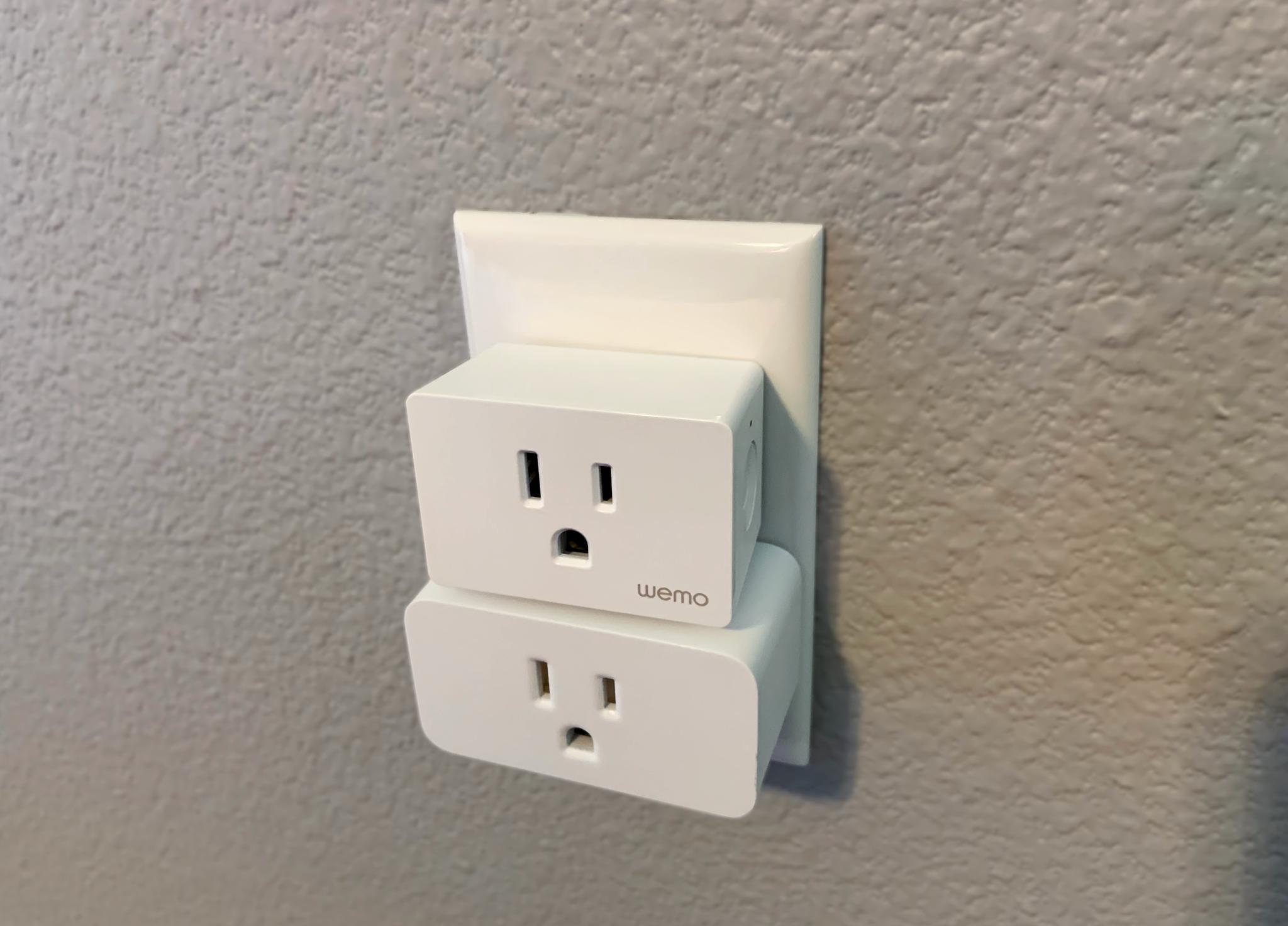
As previously mentioned, the Wemo WiFi Smart Plug is incredibly tiny, so much so, that it easily takes the crown for being the smallest HomeKit-enabled smart plug around. For those outside of the HomeKit ecosystem, miniature plugs are a dime a dozen, but for fans of Apple's smart home platform, having a plug this compact is amazing when compared to the comically large options that came before it. Sure size doesn't affect performance, but it does open the doors to locations that were previously off-limits like an outlet close to an adjacent wall, or sharing an outlet with a device with a bulkier cord. I have experienced both of these problems with other smart plugs in the past, so I absolutely love the Wemo's compact design, and its permanent spot in my home is indeed somewhere that requires the smaller size.
Since the new Wemo plug comes with HomeKit baked-in, pairing it to my home network only required plugging it in, opening the Home app, and scanning the HomeKit setup code. This means that you can be up and running quickly without downloading another app or having to create an account, which is a massive plus in my book. Using this method also bypasses one of the previous Wemo Mini's biggest headaches, where enabling HomeKit required a series of steps through the Wemo app first, which for some reason, seemed to cause issues for many.
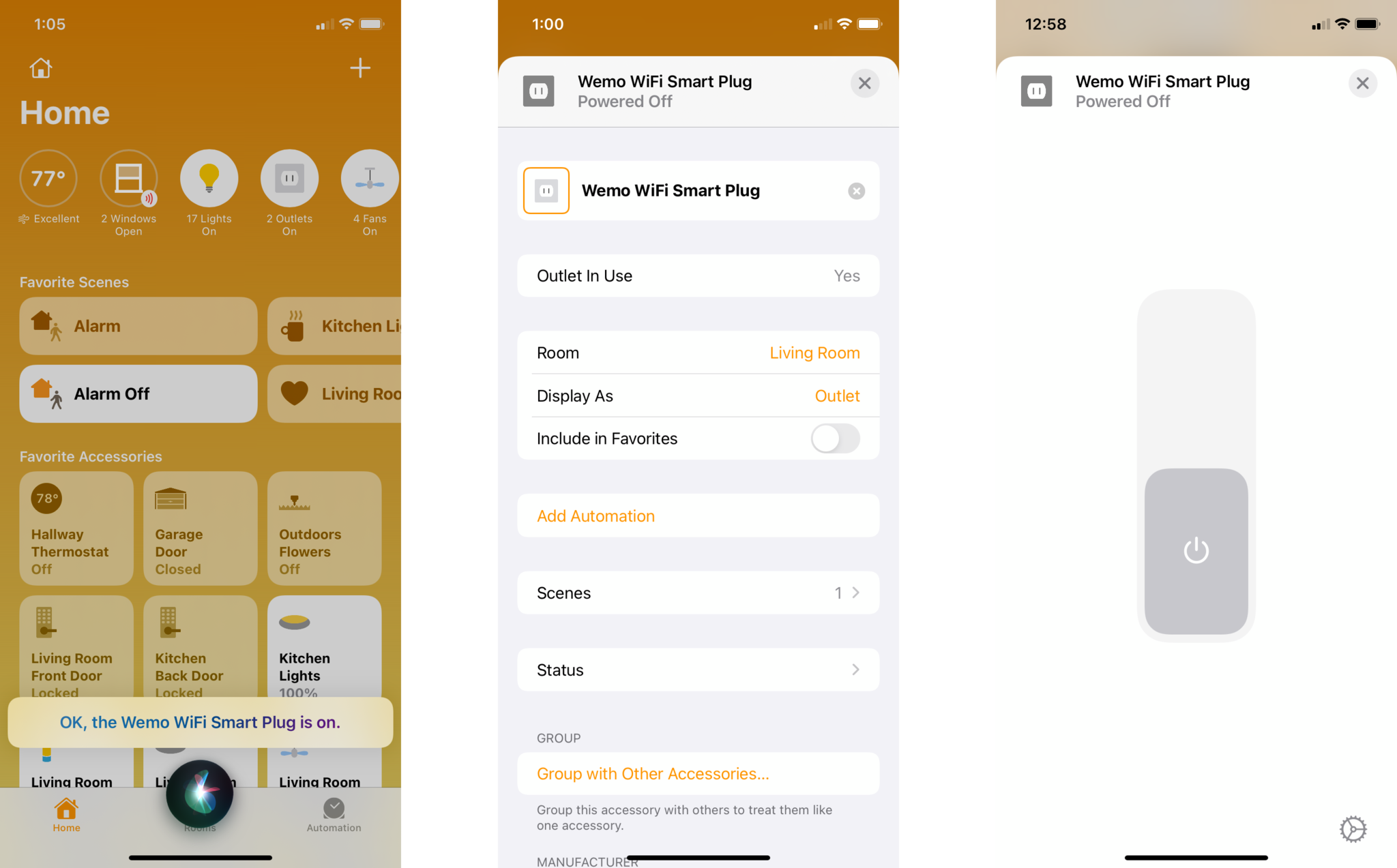
Even with constantly toggling the plug in rapid succession, it was able to keep up with every command, which was impressive as that is something that often trips up smart plugs.
Of course, Android users will see a different, yet somewhat familiar, setup process. This process involves powering it up, downloading the Wemo app, creating an account, and finally adding the plug. While just using HomeKit is quicker, both should not take more than a few minutes tops if everything goes right (more on that later). For testing purposes, even though I do prefer HomeKit, I did want to cover both methods, but I found that the Wemo app eventually brings up the Home app's pairing process to complete the setup process. So, in other words, if you are on iOS, I would just go straight to the Home app after unboxing.
Moving over to performance, the Wemo WiFi Smart Plug has been stellar, with fast response times and rock-solid reliability. Tapping on the power button through the Wemo app, via Siri, or via the built-in iOS Home app, results in a change of state on-device within a second, and in some cases, almost instantly. Even when continually toggling the plug in rapid succession, it was able to keep up with every command, which was impressive as that is something that often trips up smart plugs. Equally remarkable is the plug's reliability, as it has been available and ready for commands without any interruptions for the few weeks that I have been testing it. No periods where the plug couldn't be reached in the Wemo app or in the Home app at all, it just works (so far).
Reset required
Wemo WiFi Smart Plug: What I don't like
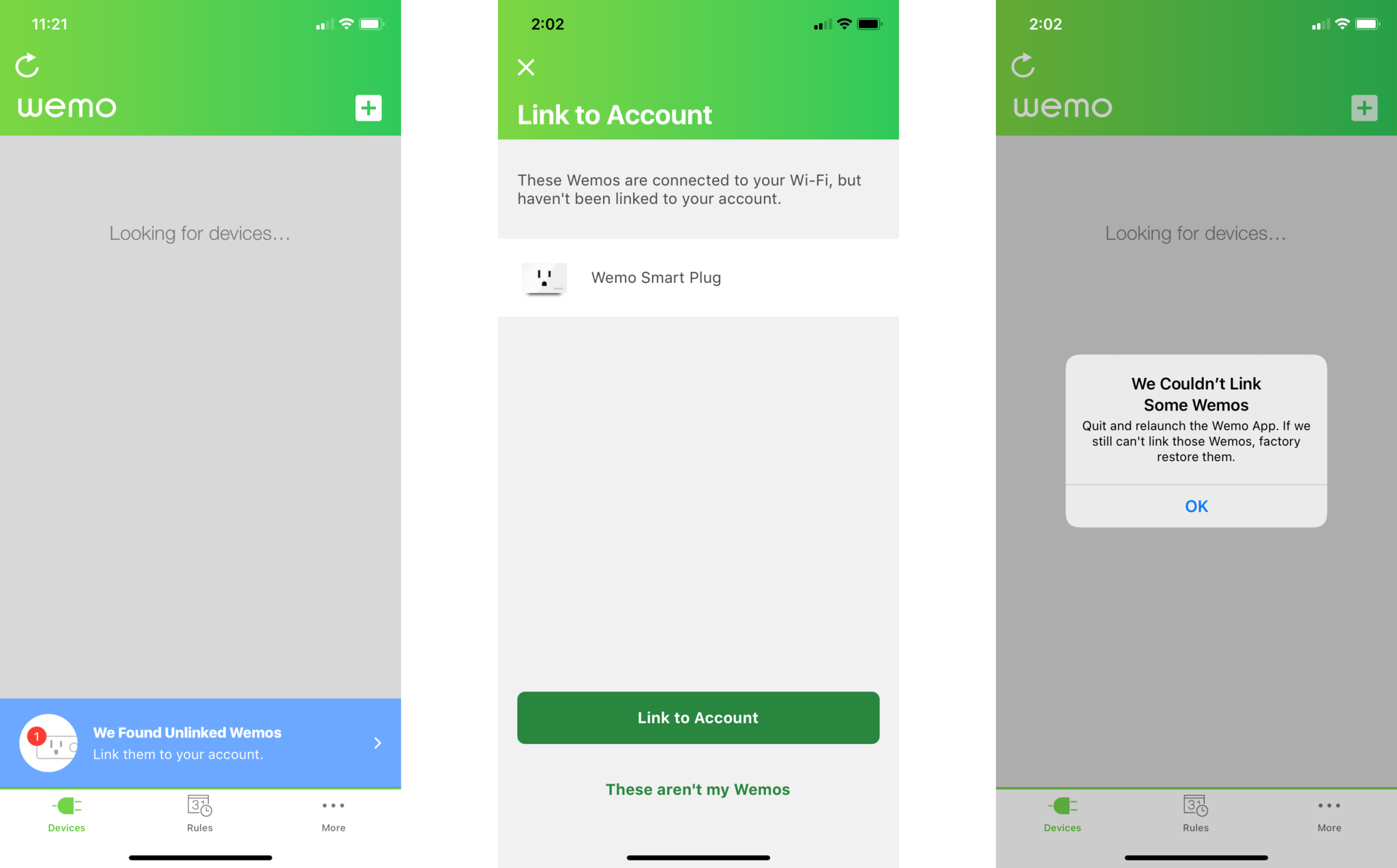
Unlike the HomeKit app setup process, which was pain-free, adding the plug to the Wemo app afterward was a different experience. Upon opening the app and creating the required account, a message appeared stating that it had found an unlinked Wemo, which was great. However, after tapping the message and confirming that I wanted to add the plug to my account, I hit a roadblock.
While attempting to add the device, the Wemo app displayed an error message stating that it couldn't link the plug and offered a couple of troubleshooting steps. One of which was simply quitting and relaunching the app, which, unfortunately, resulted in the same error, even after multiple attempts. The other option was to factory reset the plug, but the app didn't provide the actual steps in the message, and it is not listed on the included set up guide. I can't quite say for certain that this worked, but having experience with the reset process for other smart plugs, I pressed-in the power button on the plug and held it for a few seconds and afterward was able to add it to the app.
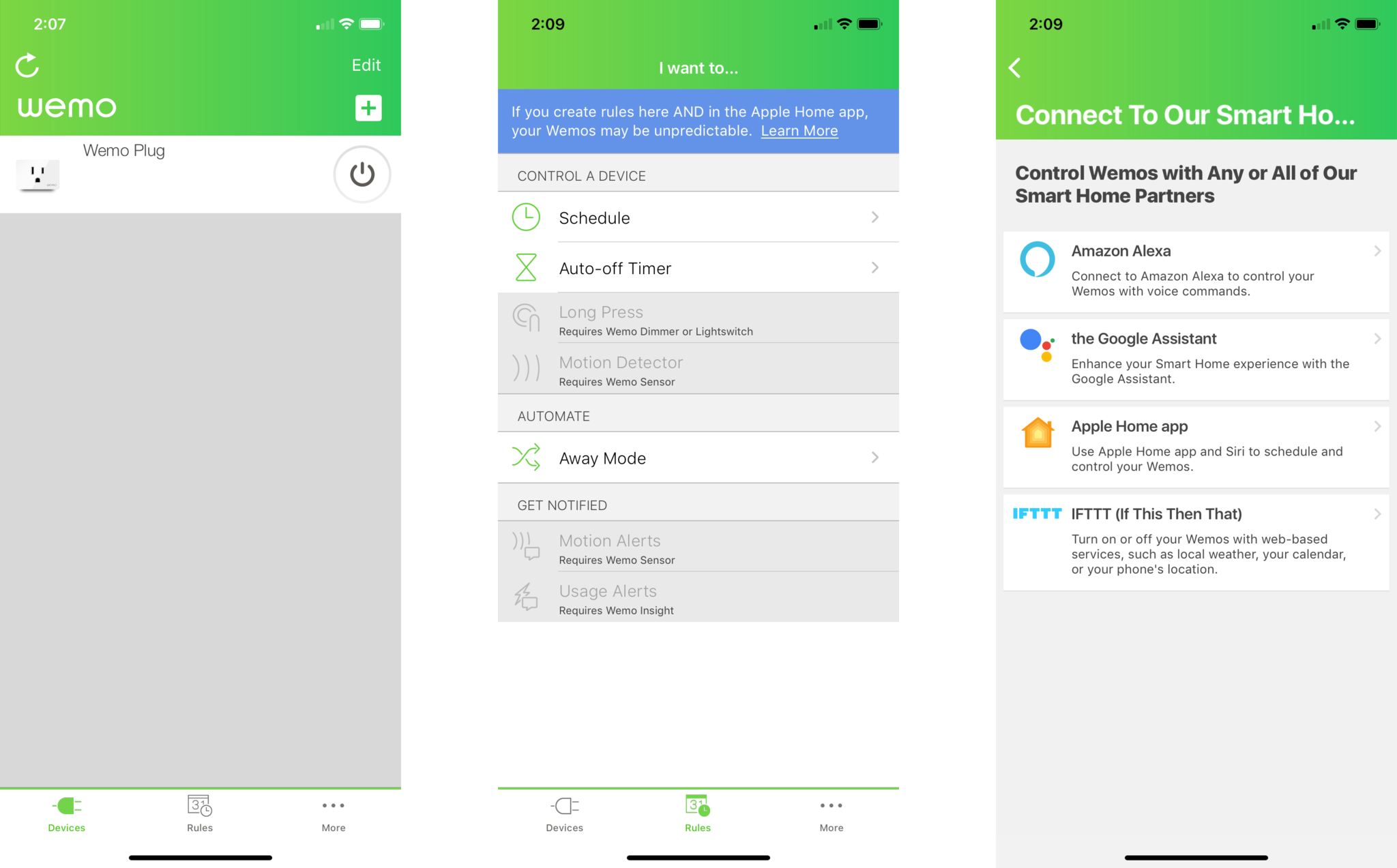
Sticking with the Wemo app, I found it to be pretty standard fare for an app coming directly from a device manufacturer. The app offers the basics like schedules and timers, which are easy to use and setup, but the app itself just feels a little bare, and it is missing options for things like toggling on and off the on-device LED light. For those that use HomeKit and have a HomeKit hub within the home, I don't really see a need for it at all outside of firmware updates, which, unfortunately, are locked behind the account and linking process.
Finally, since the plug is incredibly small, it does miss out on some of the extras that larger, competing plugs offer. Once of which is energy monitoring, so there are no usage reports or estimated costs to be found here, which is kind of a bummer. Another downside is that the plug does not offer any weather resistance limiting it to just indoor use only, so if you are looking for a flexible plug that you can use in different situations, you will need to look elsewhere.
Small and smart
Wemo WiFi Smart Plug: The Bottom Line
Even without its incredibly small size, the Wemo WiFi Smart Plug would still be easy to recommend for those in the market thanks to its fast response times, compatibility with all of the major smart home platforms, and reliability. Add in the ability to set up the plug using just HomeKit, and of course, the compact design, and you get a smart plug that is a great addition to any HomeKit home, or any smart home in general.
While it may lack extras like energy monitoring and weather resistance, the Wemo WiFi Smart Plug makes up for it in the categories that count the most, all at a great price. With a successor that is this small, and so good, it really makes you wonder what the next iteration will look like. How small can it get? Will it still offer all of the same features? We may not know for a few years, but I am already excited just thinking about it.
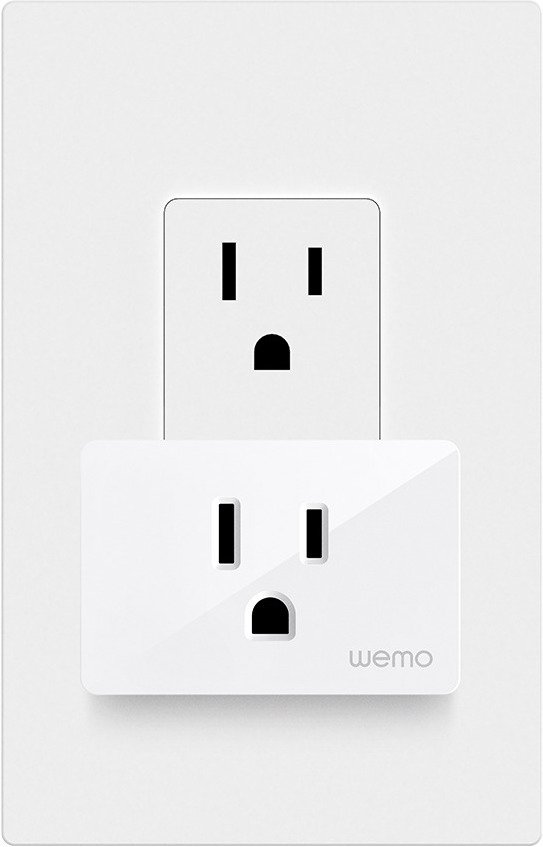
Bottom line: The Wemo WiFi Smart Plug takes the crown for being the smallest HomeKit-enabled plug around with its incredibly compact design. Combined with lightning-fast response times, solid reliability, and an affordable price, the latest Wemo is a great addition to any smart home.
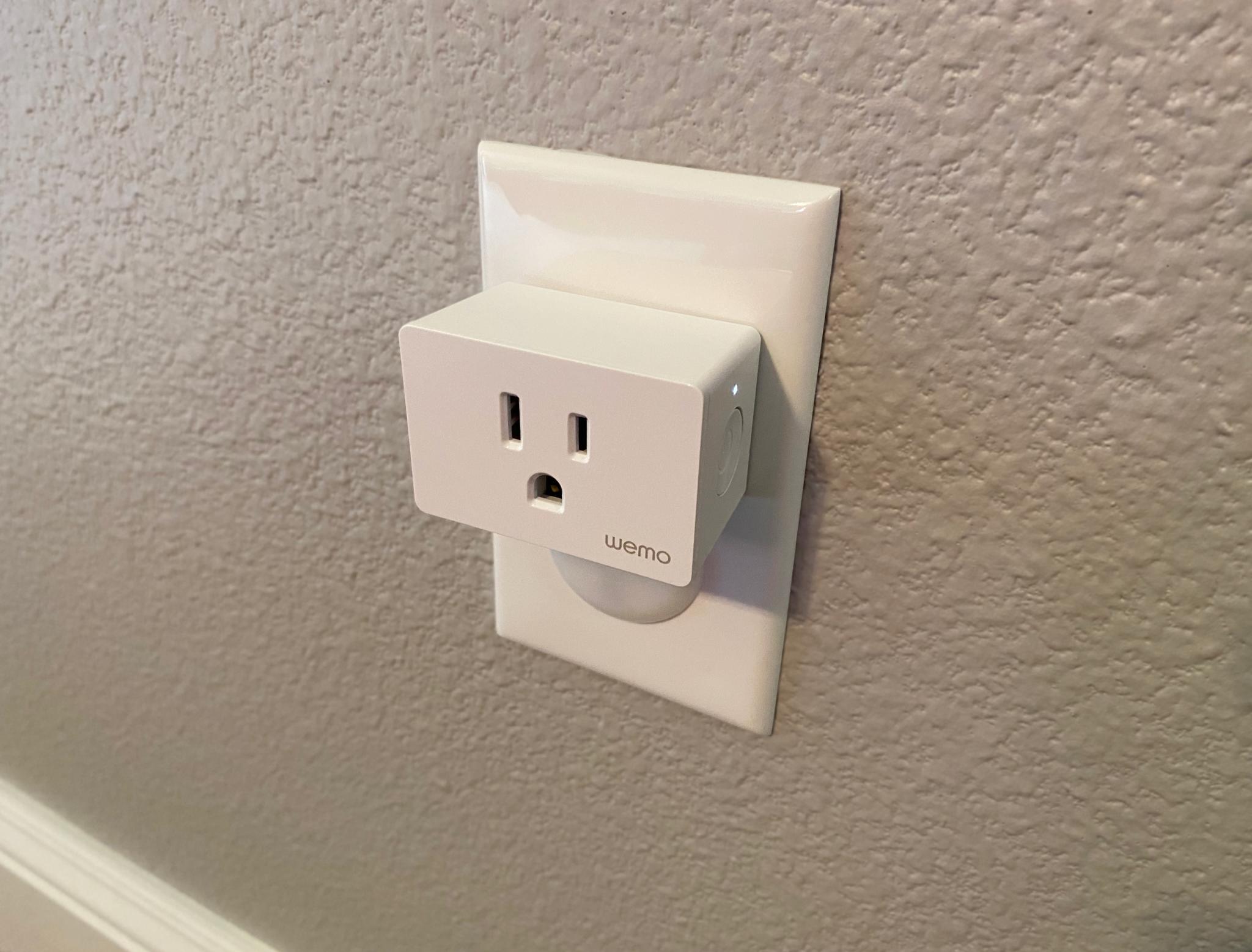


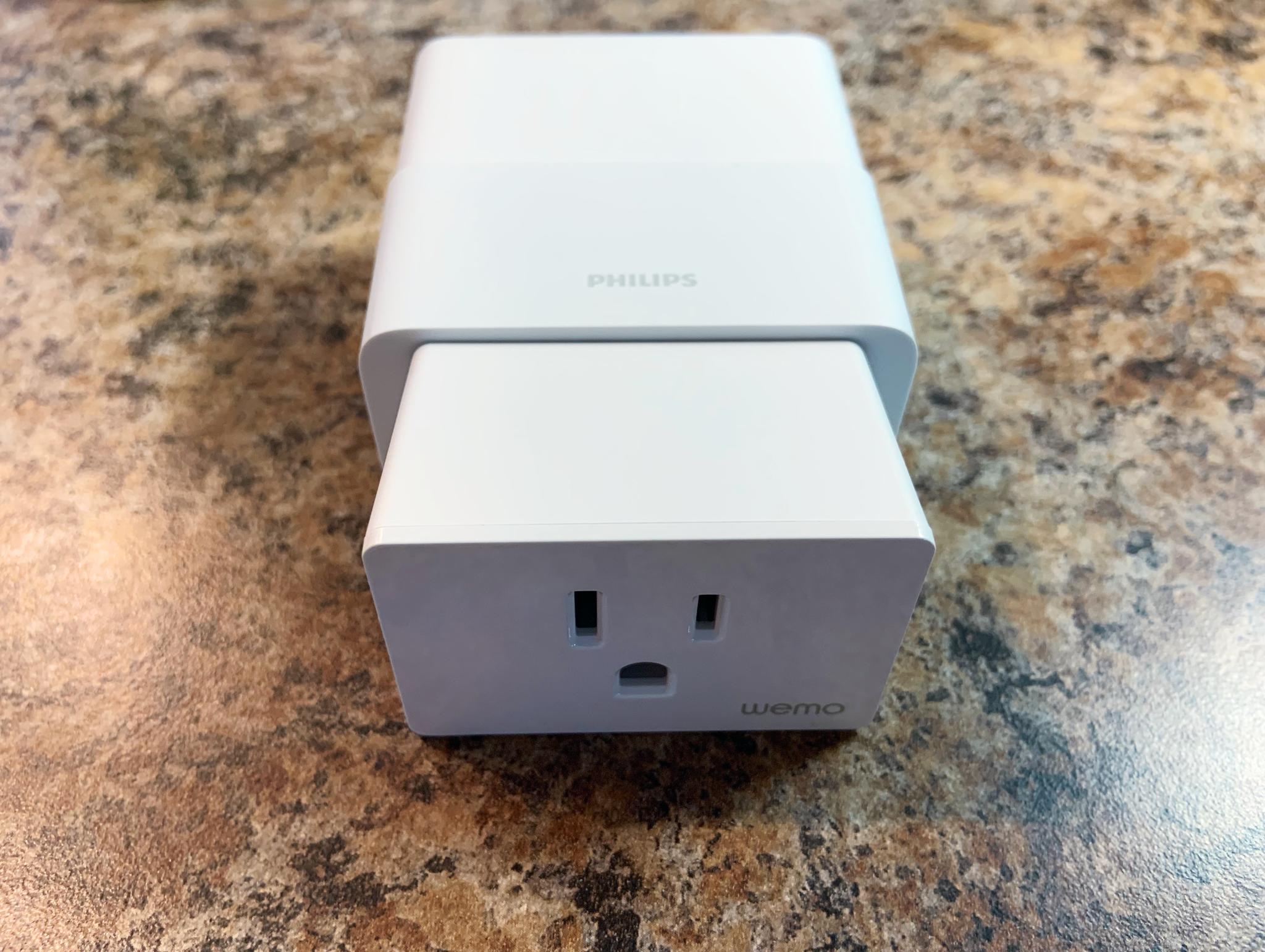
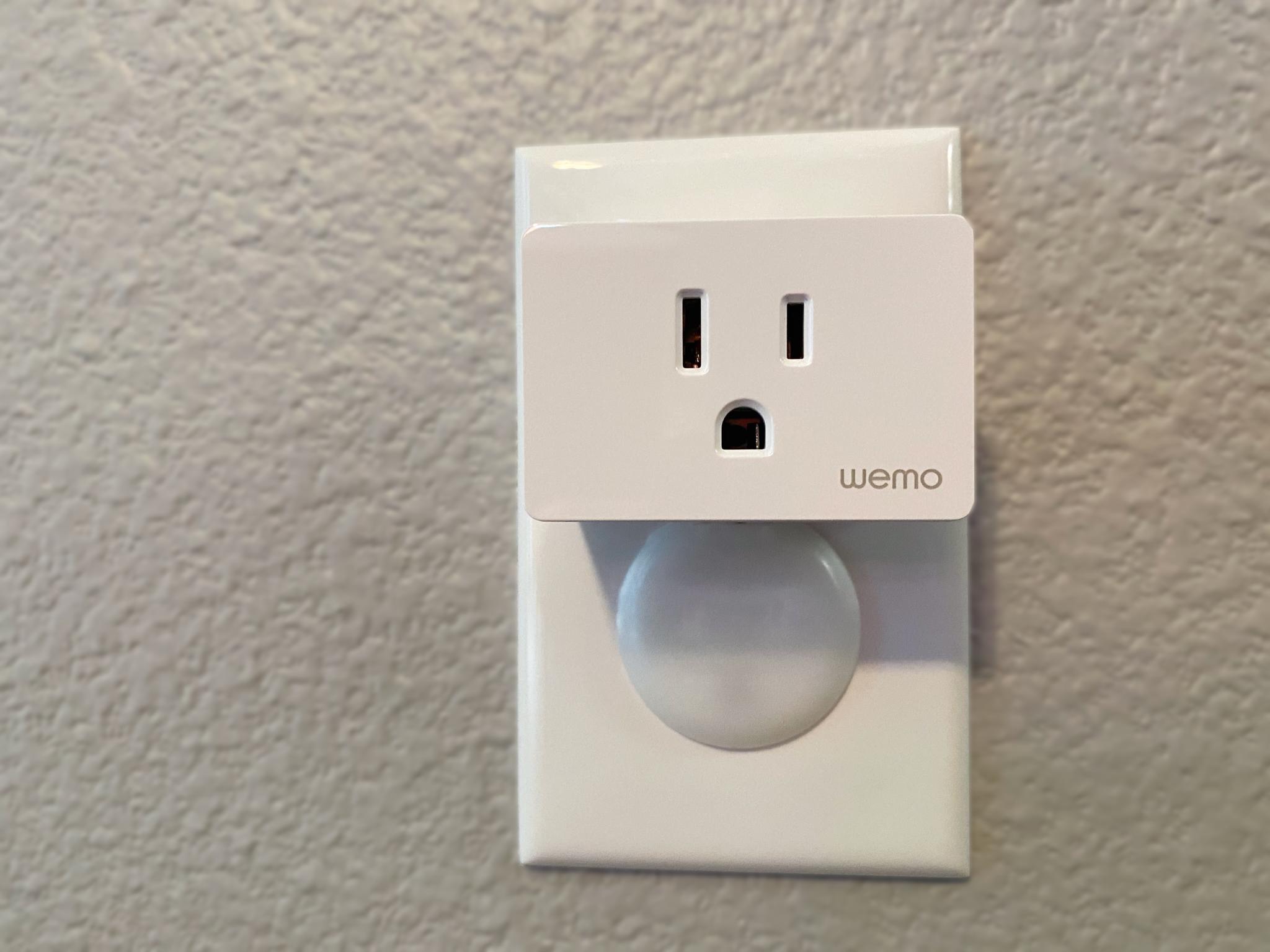

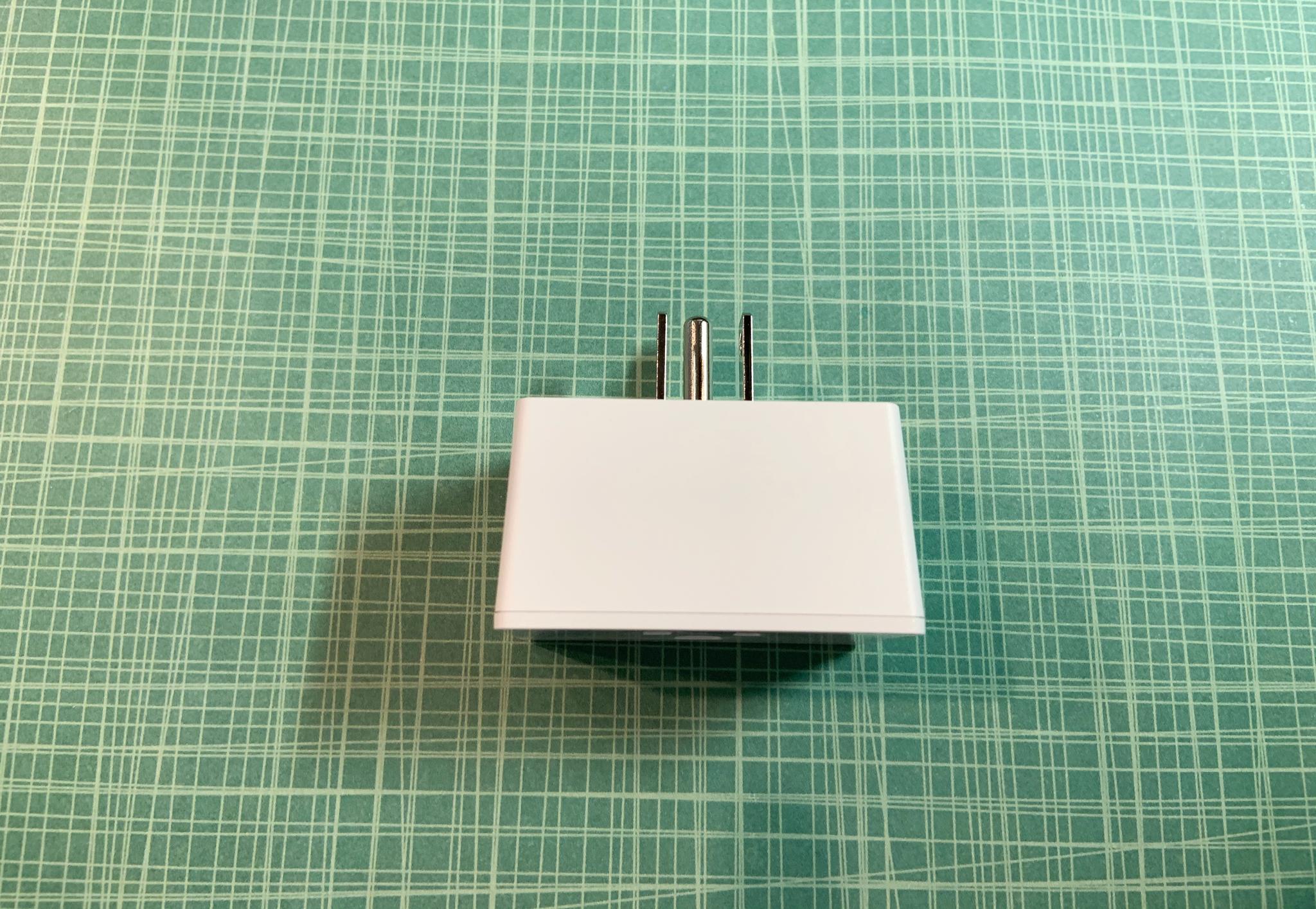
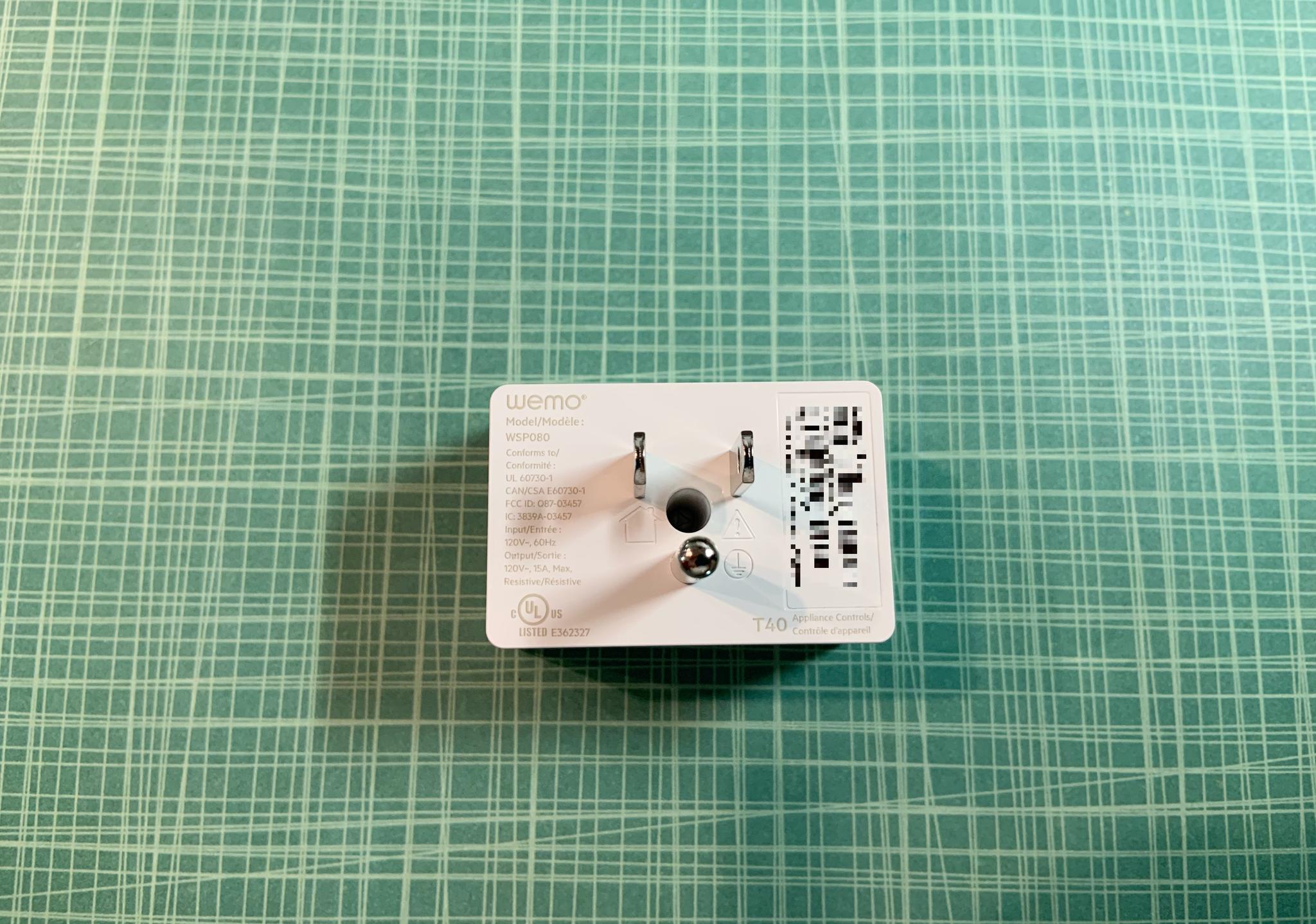
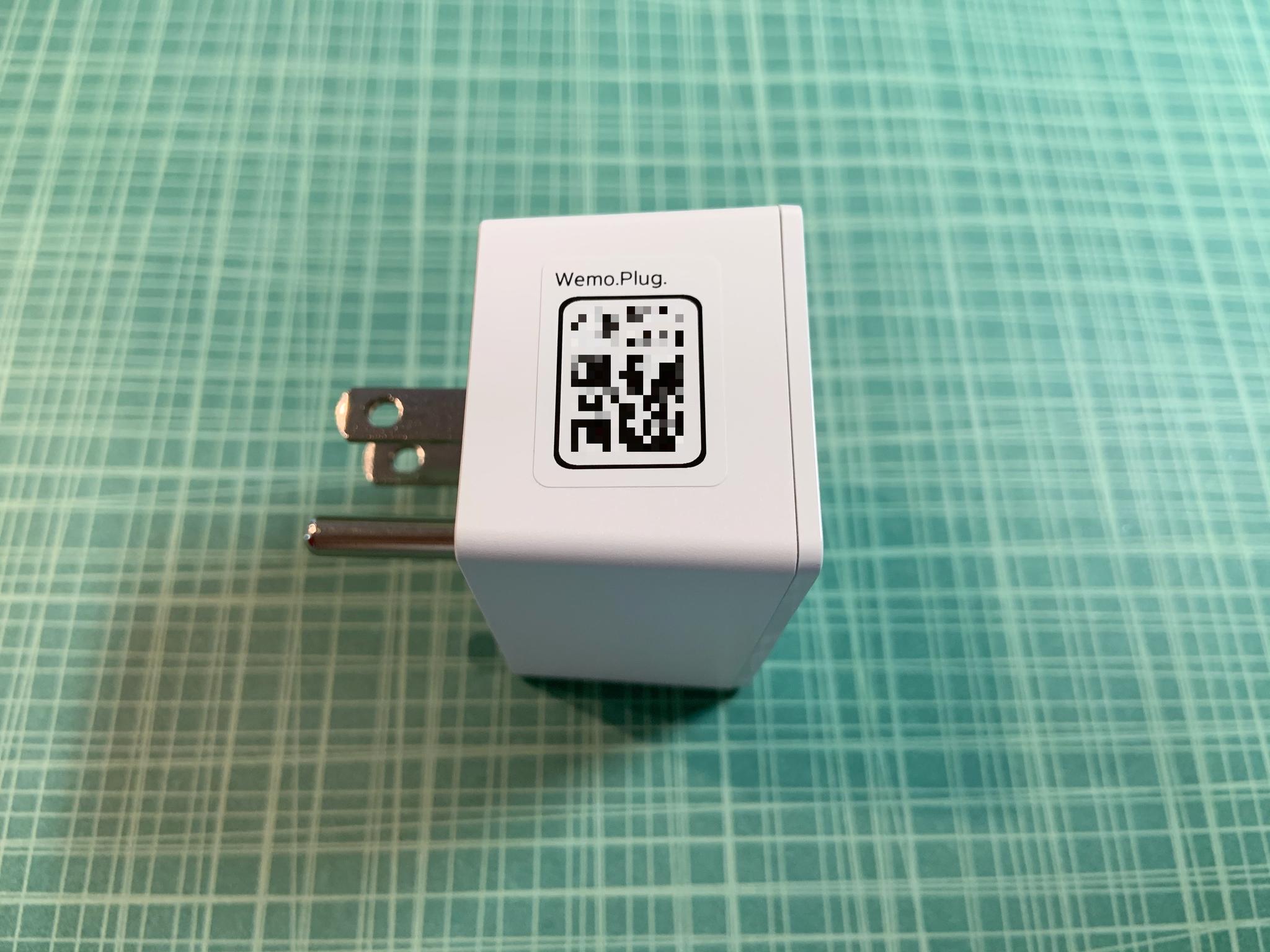
Christopher spends most of his time writing and dreaming about all things HomeKit and the Home app. Whether it is installing smart light switches, testing the latest door locks, or automating his households daily routines, Christopher has done it all.


